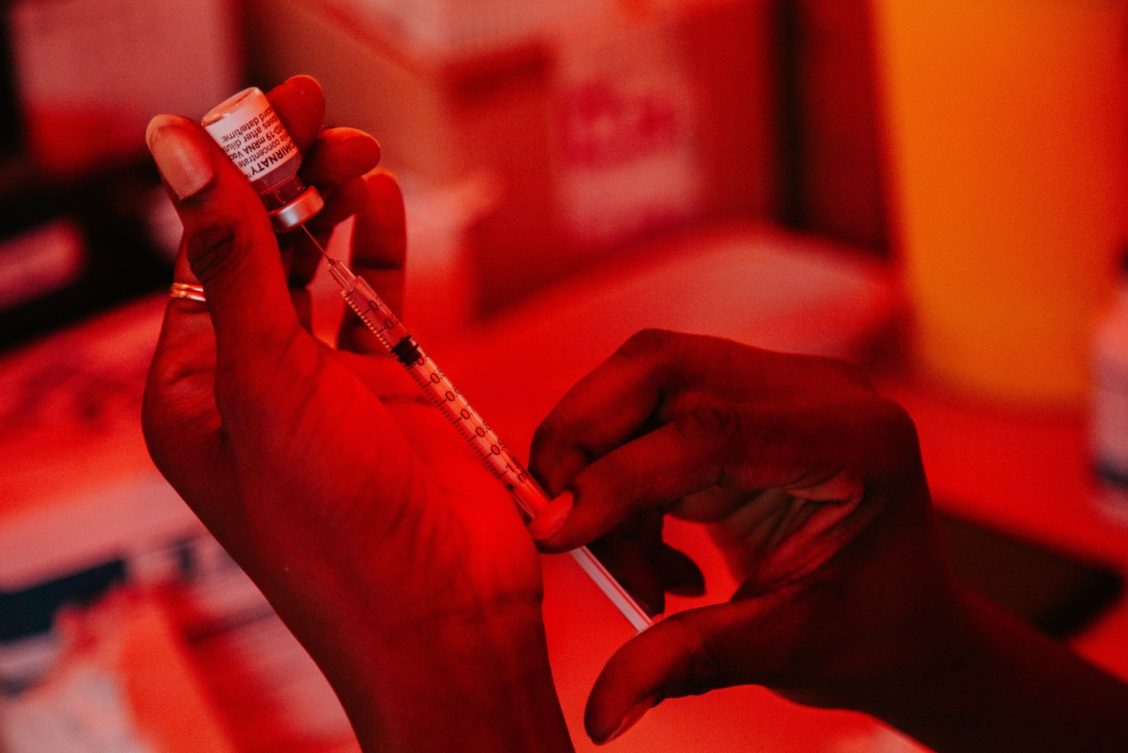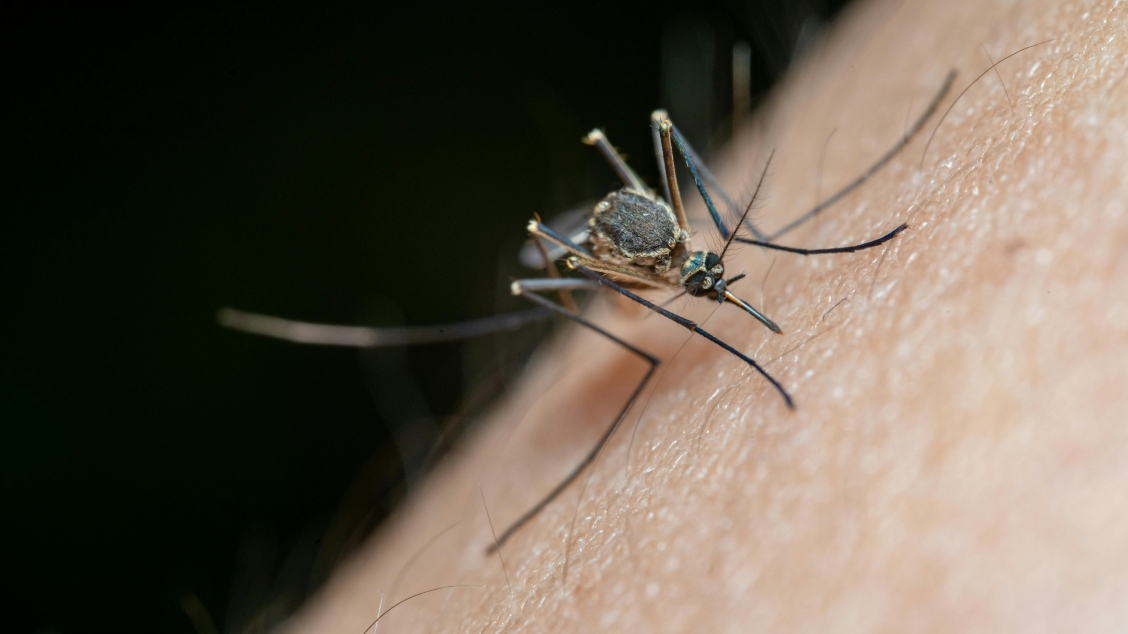
Vax-in-the-box—BioNtech’s Plan to Install BioNTainer Labs in Africa
In an effort to increase COVID-19 vaccine coverage in Africa, the German firm that came up with the first MRNA vaccine has revealed that it intends to ship miniaturised versions of its labs to Africa inside shipping containers. Currently only 12% of the African population have received two vaccinations, a number which must increase significantly if we are to recover from COVID-19 as a global society. Let’s explore what BioNTainer labs are and their benefits.
Thinking Inside the Box
First developed by Malcom McLean in the 1950s, the shipping container revolutionised global trade by allowing for much faster and more efficient shipping of goods around the world. After they transformed the way we move things around, people began to use these steel boxes in other areas. After all, there are suddenly millions of them. As pre-fabricated structures that were strong, easy to transport and ruthlessly standardized, they began popping up in a number of settings. Take a look at this thermal analysis by a research group form Spain who are Recycling COR-TEN® Sea Containers into Service Modules for Military Applications, for example. This brand-new study from Hong Kong describes a Rapidly Deployable Algae Cleaning System for Applications in Freshwater Reservoirs and Water Bodies within a shipping container. So BioNTech are by no means the first enterprise to try and pack their technology down into shipping containers.
The containers BioNTech will create are over two stories and will be provided to African health organisations free of charge, along with the raw materials and knowledge necessary to get them up and running. It’s then up to the local authorities to provide the infrastructure, electricity and scientists to work in the containers. The finished product is a long way off, with the earliest production date for vaccine labs set for 2024, but it’s hoped that the containers could be used beyond COVID-19 for the production of different MRNA vaccines, against malaria for example.
A Ready-Made Revolution
The project is one example of an increasing interest in prefabrication as a production method and the various advantages that it presents. In terms of the BioNTainers, prefabrication allows the BioNTainer labs to be constructed according to BioNTech’s specific requirements before being shipped to areas that might not have the infrastructure or knowledge base in place for their construction. But prefabrication can have environmental and financial advantages as well, as shown in this Carbon Emission Assessment of a Building with Different Prefabrication Rates in the Construction Stage published in IJERPH. This study, considering the production of Prefabricated Engineered Timber Schools in the United Kingdom by academics at the University of Cambridge, describes how prefabrication could help the government respond to a growing need for school places.
A Jab in the Right Direction
Disparity in vaccine rollouts across the world has been stark and has delayed the global recovery from the pandemic. BioNTech’s drive to provide African countries with the tools to produce these vaccines will give them the ability to recover from health emergencies and not be held hostage by those with more financial muscle.
We have been too slow to realise that, until we can raise the global vaccination level to a meaningful one, we will be fighting COVID-19 with one hand tied behind our back. BioNTech’s decision to develop the BioNTainer labs and distribute them at no cost to where they are needed is crucial progress. It’s not the thing that will end the COVID-19 pandemic, but it could signal that we are beginning to put the infrastructure in place to better handle future public health emergencies.
MDPI has over 400 journals, so you’re bound to find a home for your research. See our full list of journals if you are interested in submitting.










